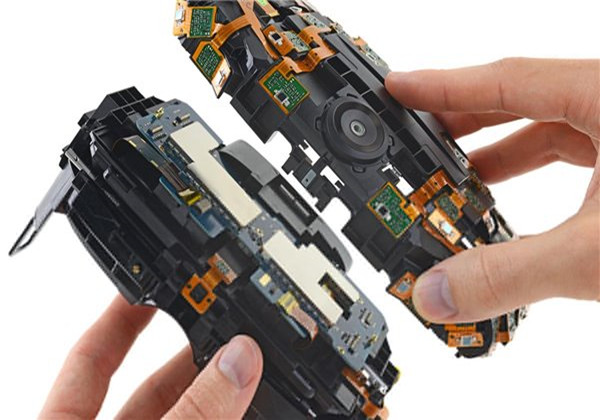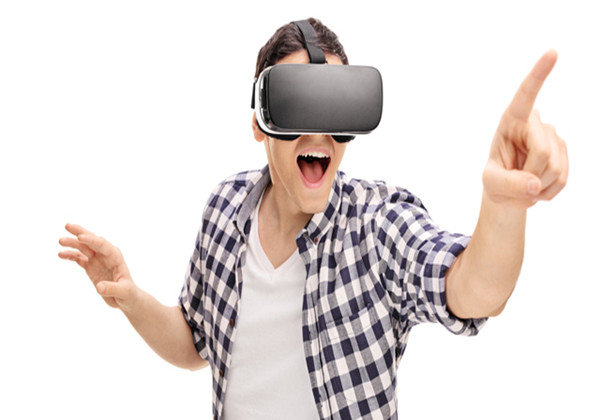Today, a foreign developer @LlabTooFeR broke the news on its Twitter, HTC is developing a new generation of VR virtual reality devices codenamed "Oasis".

In the message, the developer mentioned that the new generation of VR devices code-named "Oasis" has greatly improved performance compared to the well-known HTC Vive.
4K resolution
Currently HTC Vive uses 2K resolution. But in order to ensure an immersive experience with a large viewing angle, the two lenses in the HTC Vive will still make the pixel points of the screen still visible. Based on the high-resolution requirements of the new generation of VR devices for display screens, Acer, Microsoft and Samsung all said that they will launch 4K or higher resolution VR devices next time, and HTC will not be excluded in the future.
With the development of technology, more and more VR devices have reached the resolution requirement of 2K at this stage, but the range of viewing angle is also increasing. However, an increase in the angle of view causes the pixels of the display screen to be further amplified, which makes the resolution and viewing angle a contradiction.
Wireless transmission
Recently, according to foreign media reports, Valve is working with Quark VR to create a HTC Vive system that uses WiFi to implement head-mounted display and PC transmission. The most user feedback from HTC Vive is the pile of wires behind the head. In the VR experience, the presence of the line can be tripped at any time or the experience is tied to a circle of movement to make the experience immersed.
At present, the PC-side VR device reaches a data transmission speed of 15-20 Gb per second when running, so wireless implementation on the PC side is still in the development stage. To solve this problem, Oculus launched a solution for the all-in-one machine code-named Santa Cruz at the Oculus Connect 3 conference in October, but has yet to announce the real machine.
Gesture control
HTC Vive's handle is integrated with multiple position sensors, and the base station experiencer can see the handle in the game in real time while holding the handle. However, from the VR experience, direct hand and the use of the handle is a completely different experience, so the handle made of gloves may become the first choice for a new generation of VR equipment.
However, turning the handle into a glove is still a technical problem. Due to the high cost of research and development, the price of a gesture tracking device is even higher than the price of an Oculus or HTC Vive, which makes consumers unwilling to pay, and there is no way. It is sold in the same way as the handle with a bundled VR device.
MR
As we all know, there is a camera on the front end of the HTC Vive. According to HTC officials, the camera has not yet developed more features than location tracking.
In the message, the application of dual camera will make HTC's new generation VR device have the ability of depth perception. With this function, HTC's new generation VR device will be able to reconstruct 3D images in real time, and superimpose the virtual image on the 3D image. The function of MR is realized.

Regarding whether or not the second-generation VR equipment is being developed, Wang Congqing, general manager of HTC China, said: "HTC is developing a Vive solution with fewer cables. In addition, Rikard Steiber, senior vice president of HTC Virtual Reality, confirmed to TechCruch that HTC is working Develop a new generation of HTC Vive.
It is worth mentioning that, finally, Rikard Steiber said that before the HTC Vive was launched, HTC was already studying 4K, wireless, MR, gesture control and other functions. At the 2017 CES show, this second-generation VR device is expected to be popular with the public. meet.
![]()
EV/EVP Charging Cable,EVP Charging Cable,EV Charging Cable,New energy charging cable
Jiangyin City Weicheng Special Cable Co.,Ltd , https://www.weichengcable.com
